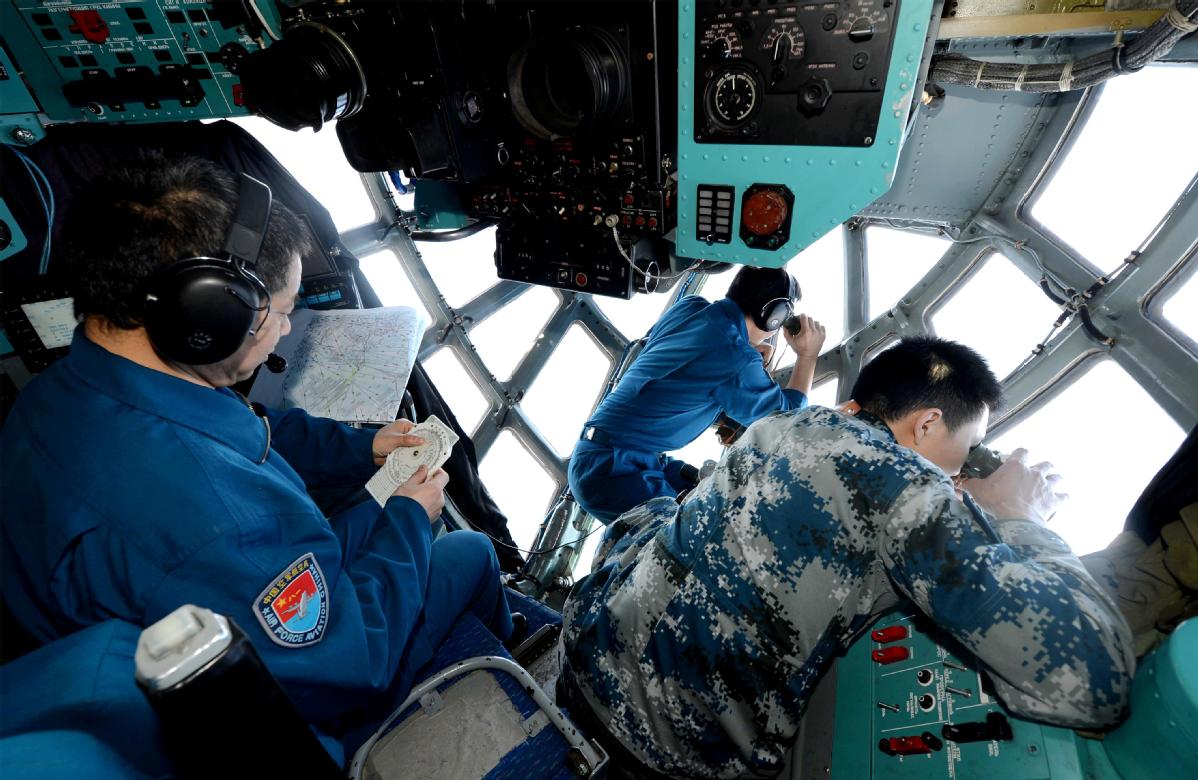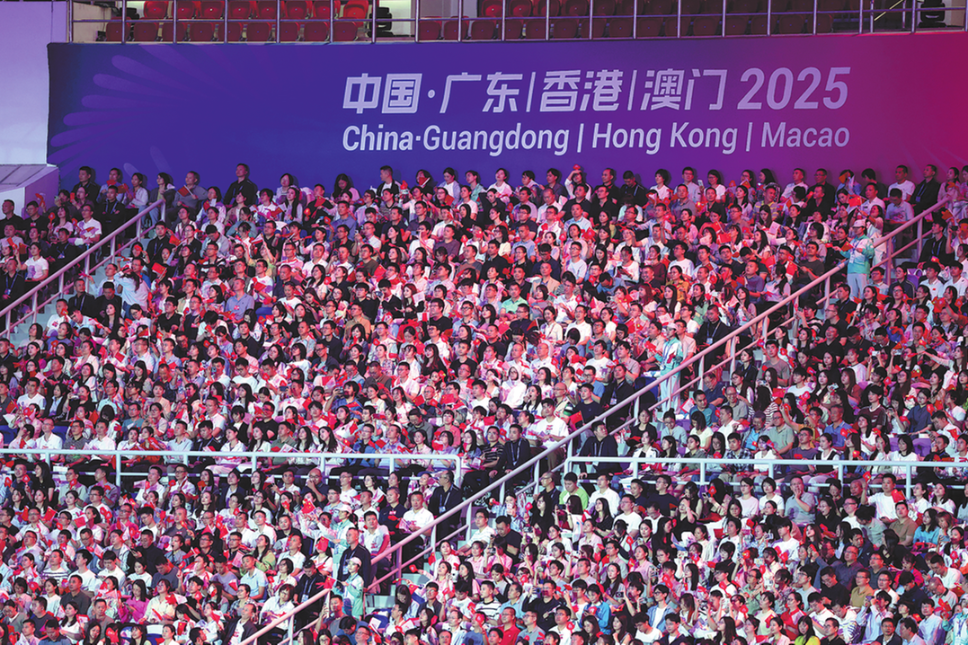Air Force transport squadron soars to elite status


Overseas assistance
In February 2011, Libyan leader Muammar Gaddafi was toppled. The ensuing upsurge in violence could easily have turned into a fully fledged civil war.
Watching the images of the deteriorating security situation in the country, Liu Shukui, a 55-year-old navigator in the squadron, was deeply worried about the thousands of Chinese living there, and hoped he would be sent to evacuate them.
After receiving orders from the Central Military Commission on Feb 28, Liu had just one day to prepare before he piloted an Ilyushin Il-76 to assist the evacuation.
During the journey from the Xinjiang Uygur autonomous region to Libya, the temperature rose by more than 50 C. "When we departed Urumqi, the regional capital, I could not stop shivering, even though I was wearing a leather jacket, but when we refueled in Sudan, even a sleeveless shirt was too much. My face became one huge salt crystal and my hair was as hard as if I had used hairspray," he said.
After flying 9,500 kilometers in about 30 hours, the four planes arrived at Sebha International Airport, in the capital of south Libya's Sehba district. Liu remembers seeing armed soldiers everywhere as a result of the insurgency, and the smell of war pervaded the air.
"But the intensity quickly faded away when I stepped out of my plane and heard the thunderous applause and cheers from my fellow Chinese," Li said.
The four transport planes carried 287 people back to China, while another 1,655 were safely ferried to Sudan.
It was the first time the PLA Air Force had evacuated Chinese nationals from overseas.
"Years have passed, but every time I think of a middle-aged man who kissed the ground after getting off the plane in Beijing, I am reminded me of my responsibilities and the honor of being a member of the PLA," Li said.
























